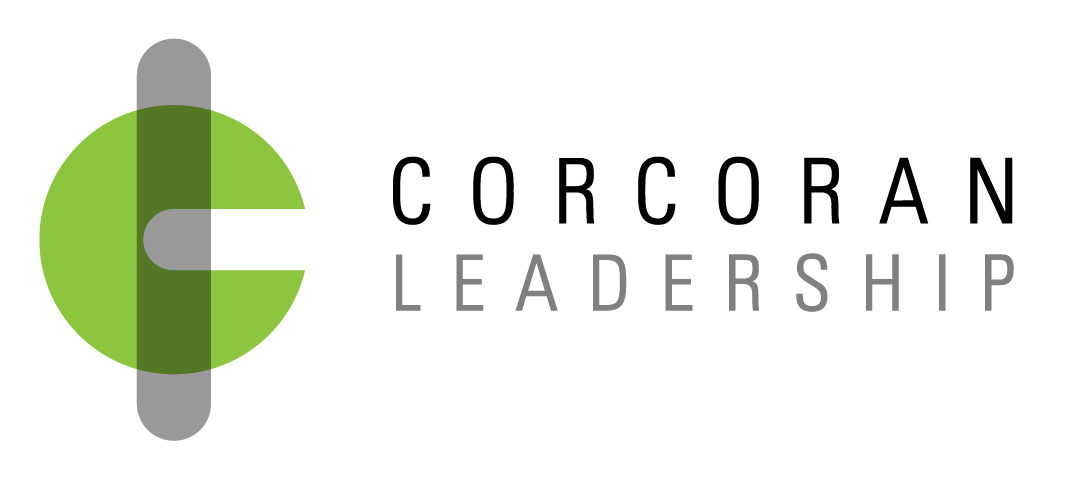Executive Coaching develops the ability of leaders to make a greater impact in their organizations. I determine a coaching program’s focus by what the leader and the people they work with believe will make the biggest, most positive difference.
Success in any coaching engagement depends on two things: the capacity of an executive to influence the system within which he or she works; and the potential for that system to be influenced.
A systemic approach to change.
Coaching often places too much emphasis on the first part of this equation, the executive. My systems approach to coaching considers both elements, and I assume that all parts of the organization contribute to an individual’s success within it. In this approach, I work with the executive to create a development plan that addresses questions that pertain to the system:
- Do relationships need to be improved? What can the executive do to improve his relationships, and what help is required from others
- Is a new organizational structure needed? How can the executive influence such change, and what support is needed from the organization to effect this change?
- Do the executive’s team members need to develop new skills? How can she assist them, and what other help might she need?
- What are the incentives for change? How does the executive view change, and how does the organization reward change—through promotion, bonuses, etc.?
I consider these to be systemic issues because I understand that multiple factors aside from the executive’s own motivation and skill contribute to his ability to drive business and get results.
I know that lasting change occurs only when the executive and the organization work together to achieve the desired outcome. Ted’s situation illustrated below, demonstrates how this approach can work.*
When the exec and the org work together, things change.
Ted was an effective executive with a long history at a successful organization. He was responsible for teams on the East and West Coasts, and he brought to his work a deep knowledge base, strong technical skills, and motivation to develop as a leader. The new president of the organization had confidence in Ted, and he wanted to invest in building Ted’s leadership and management skills. He also wanted to make changes in the business in response to shifting client needs and expectations, and he needed Ted to grow in some areas to make this happen.
In a 360° feedback session, I identified Ted’s communication style and the management of his direct reports, particularly on the East Coast, as the main areas of focus for the coaching program. But I also recognized that the organization needed to work with him to effect lasting change. It wasn’t just Ted’s skills that needed attention. The organization needed to make some structural changes that would facilitate communication between Ted and his direct reports. Both Ted and his organization needed to influence change for performance to improve.
For Ted’s part, he influenced change by improving his communication and coaching skills: he gave his direct reports more positive feedback, addressed performance issues quickly, and held them more accountable to their commitments. He also experimented with technology—webcams and Googlechat—to be in more frequent contact with his East Coast team, so that he could spend more time mentoring and coaching.
The president of the company influenced change when he clarified the roles and responsibilities within reporting relationships. He also eliminated a redundant management role on the East Coast that had hampered communication, and he supported Ted’s decision to spend more time in the East Coast office, where he could have more in-person contact with his team. Ted’s direct reports also participated in the change effort as a result of their willingness to discuss their performance with Ted and to work with him to improve.
At the end of six months, the results were clear. Ted felt much more effective in communicating with and managing his direct reports, and their performances had improved. With greater openness and collaboration among the team members, and between the East and West Coast offices, Ted was able to bring their work to a higher level.
The president of the company recognized that Ted was now operating at a new level himself and started to involve him in more strategic projects external to the organization.
Change done right
Ted’s case is a good example of how my systems approach to coaching works. Ted’s situation improved because he was willing to examine his practices and influence change and because his organization was willing to make changes of its own.
*Names and some details have been changed.
Want to stay in the leadership loop?
I often share my most exciting leadership ideas, books and other resources that I use every day or that I discover in my work. If you’d like to get them delivered right into your email inbox, sign up by clicking the button below.

